Sustainability
Our facility in Peachtree Corners, GA is ultra clean and also pretty darn green. 60,000 square feet of manufacturing and office space can hold a literal TON of tan colored wood and cardboard. How do we keep the facility green?
Our Commitment to Sustainability
At Reid Packaging, we’re doing as much as possible to reduce our environmental impact and be responsible ecological stewards.

Industrial packaging is not commonly thought of as the most sustainable of businesses. But with a little ingenuity and care, even industrial packaging can play a role in protecting our environment.
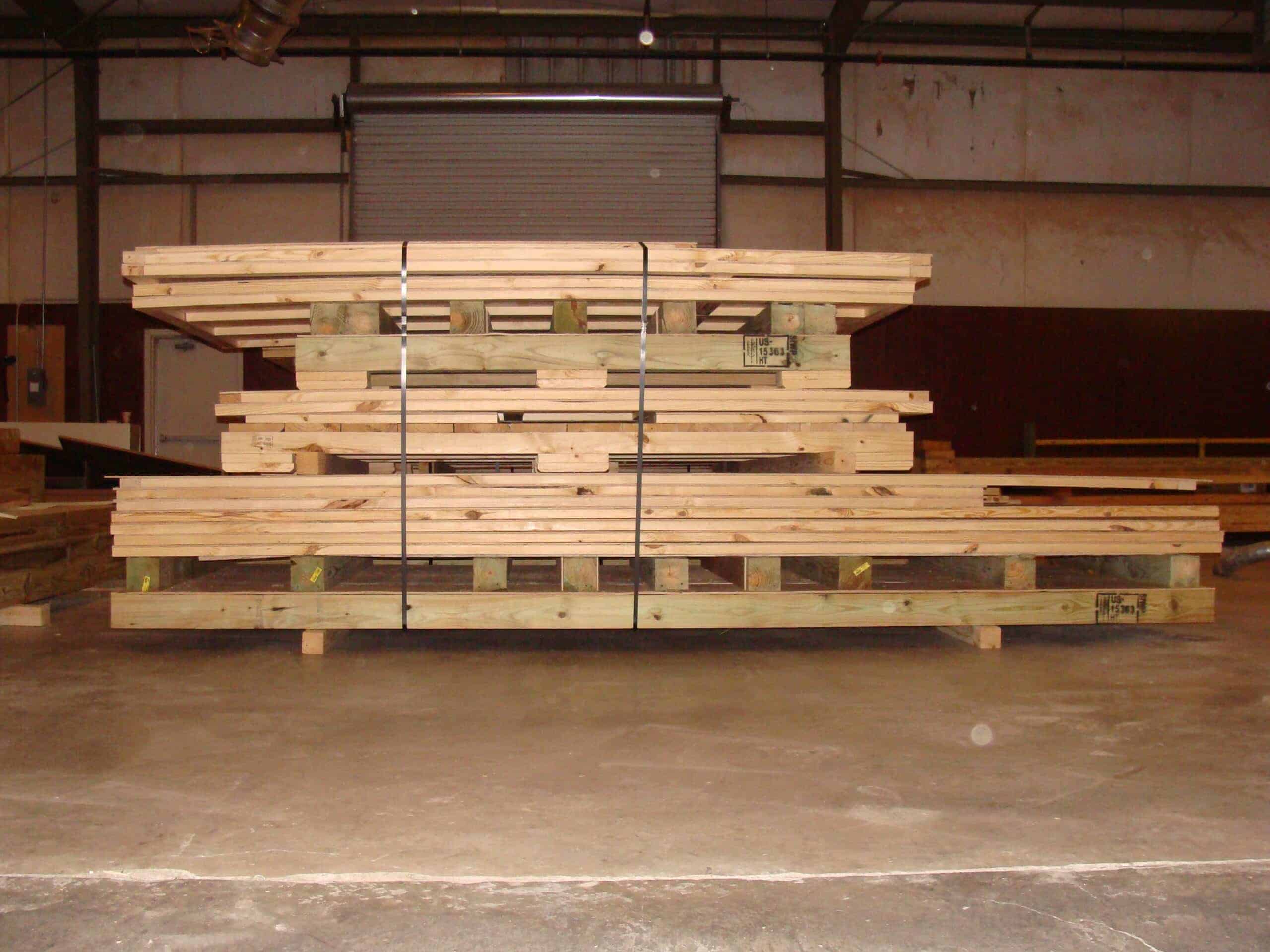
Lumber
Contrary to common belief, lumber is actually a sustainable crop. We get our lumber from southern yellow pine plantations that use forest management techniques to sustainably harvest trees. If you were to drive by a southern yellow pine plantation it would look like a forest – because for all intents and purposes it is. On these forest-plantations, mature trees get cut down to make room for young trees. No clear cutting here. In the meantime, these forests serve as a habitat for birds and other animals, and absorb carbon from the air. The US Forest Service has determined that forest harvesting is a sustainable practice, with 2% of US forests getting cut, and 3% getting replanted every year on average.
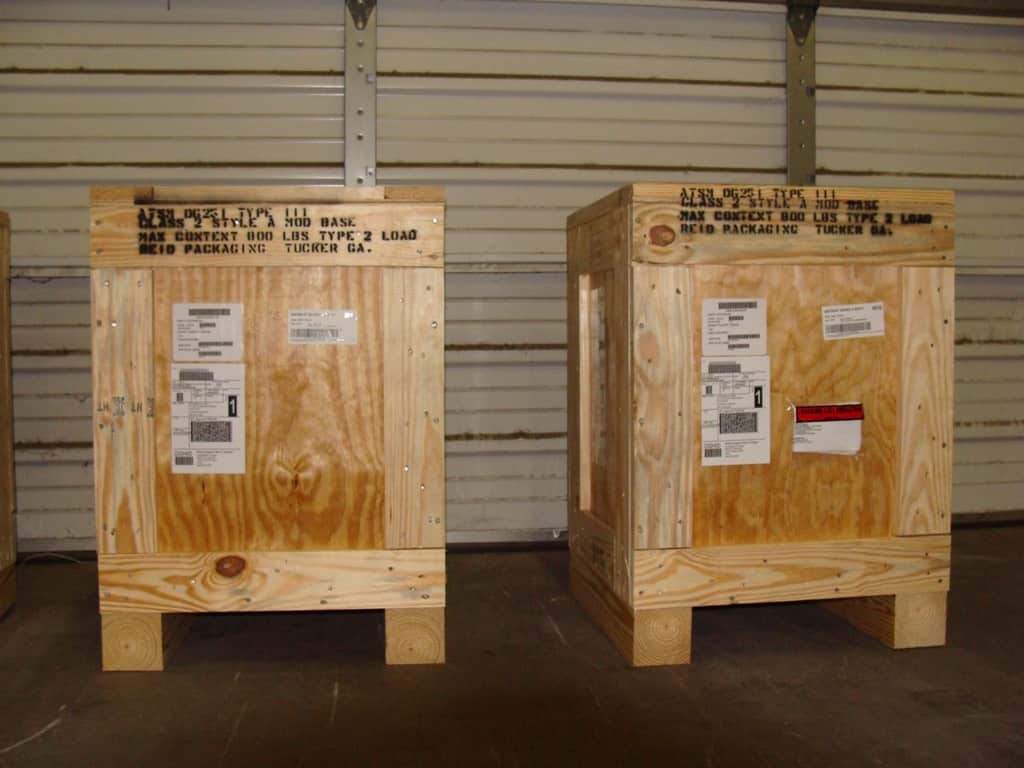
Reduce & Reuse
Still, even if lumber is a sustainable product, it’s in our environmental and economical best interest not to waste it. Reid Packaging has put best practices in place that ensure that we are as economical as possible with all wood and paper products. This includes:
- using off cuts when possible,
- making sure that we don’t use thicker or wider pieces of wood than are necessary,
- and reusing lumber and wood products whenever possible.

Corrugated
The corrugated fiberboard we use to manufacture our boxes is made from 79% post-consumer recycled paper pulp. And we are involved in a program to recycle the corrugated fiberboard we don’t use. Unlike plastic, corrugated fiberboard is relatively easy and economical to recycle.
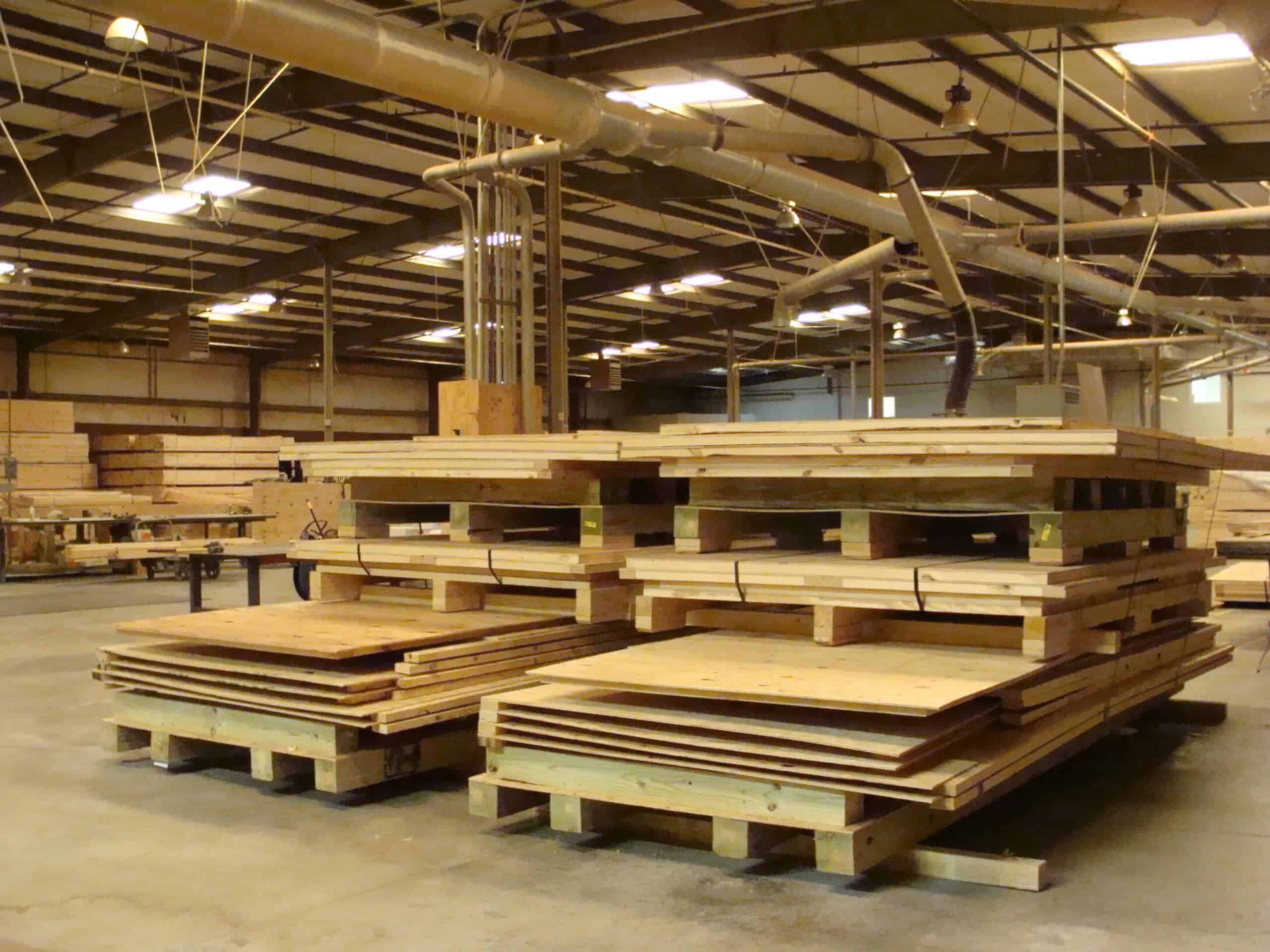
Durability
Whenever appropriate, we advise our clients to utilize reusable crates so as to minimize waste. Many times, manufacturers will only plan for the short term and order one-time-use crates that get a product from one destination to another without any thought for storage or future journeys. Whenever possible, we discuss the long term plans for the product, so that the same crate can be used again and again.
Other Sustainability Practices
Beyond the materials that we use, we also try to practice sustainability in other areas of our business. This includes:
- Reducing packaging weight whenever possible to save on fuel use (and costs).
- Sourcing our materials locally.
- Packaging products at YOUR facility so as to reduce the number of transport trips the product must take.
- Reducing paper and other material use at our shop.
- Maintaining an active recycling program at our shop to recycle everything we can.
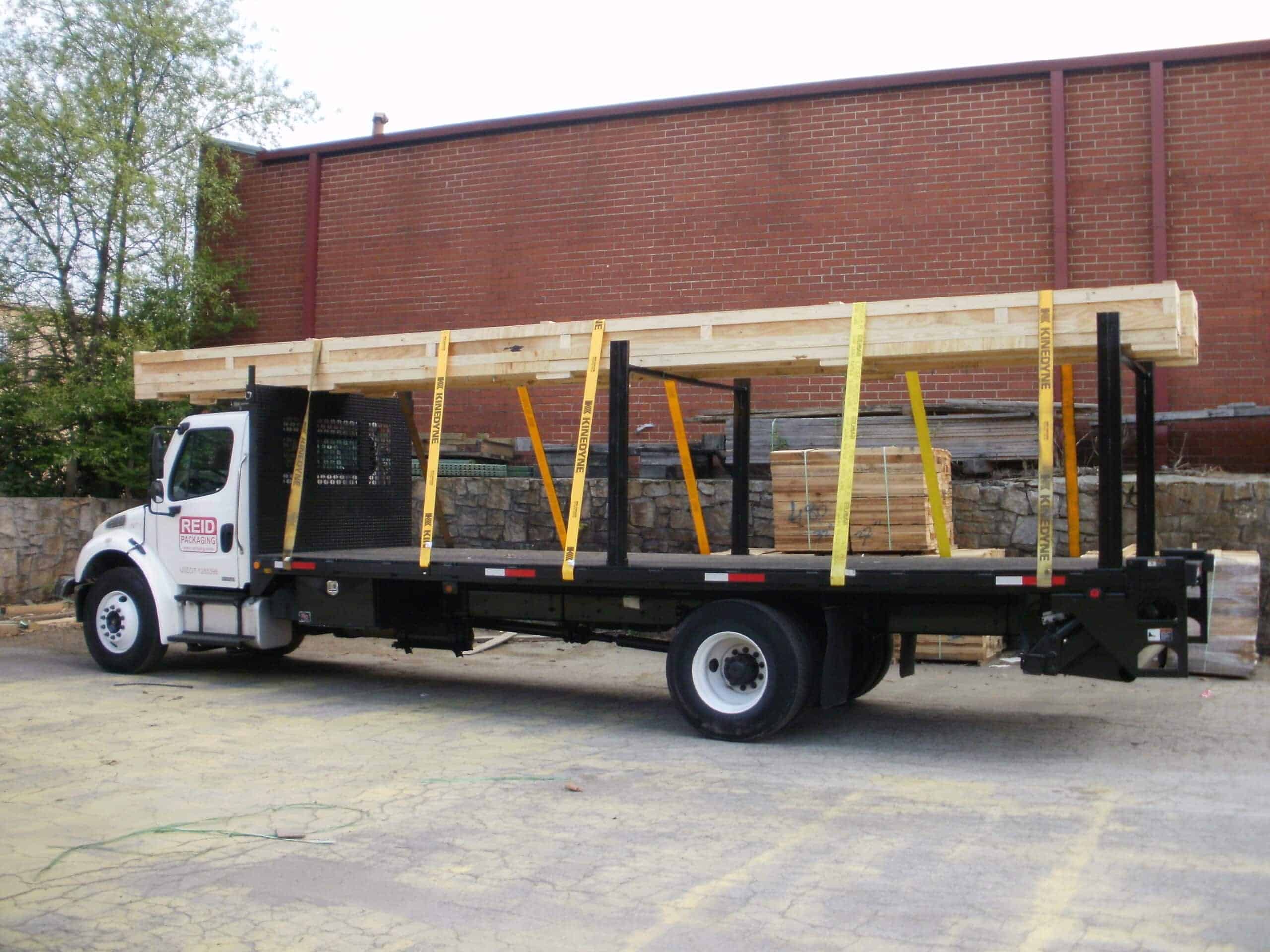
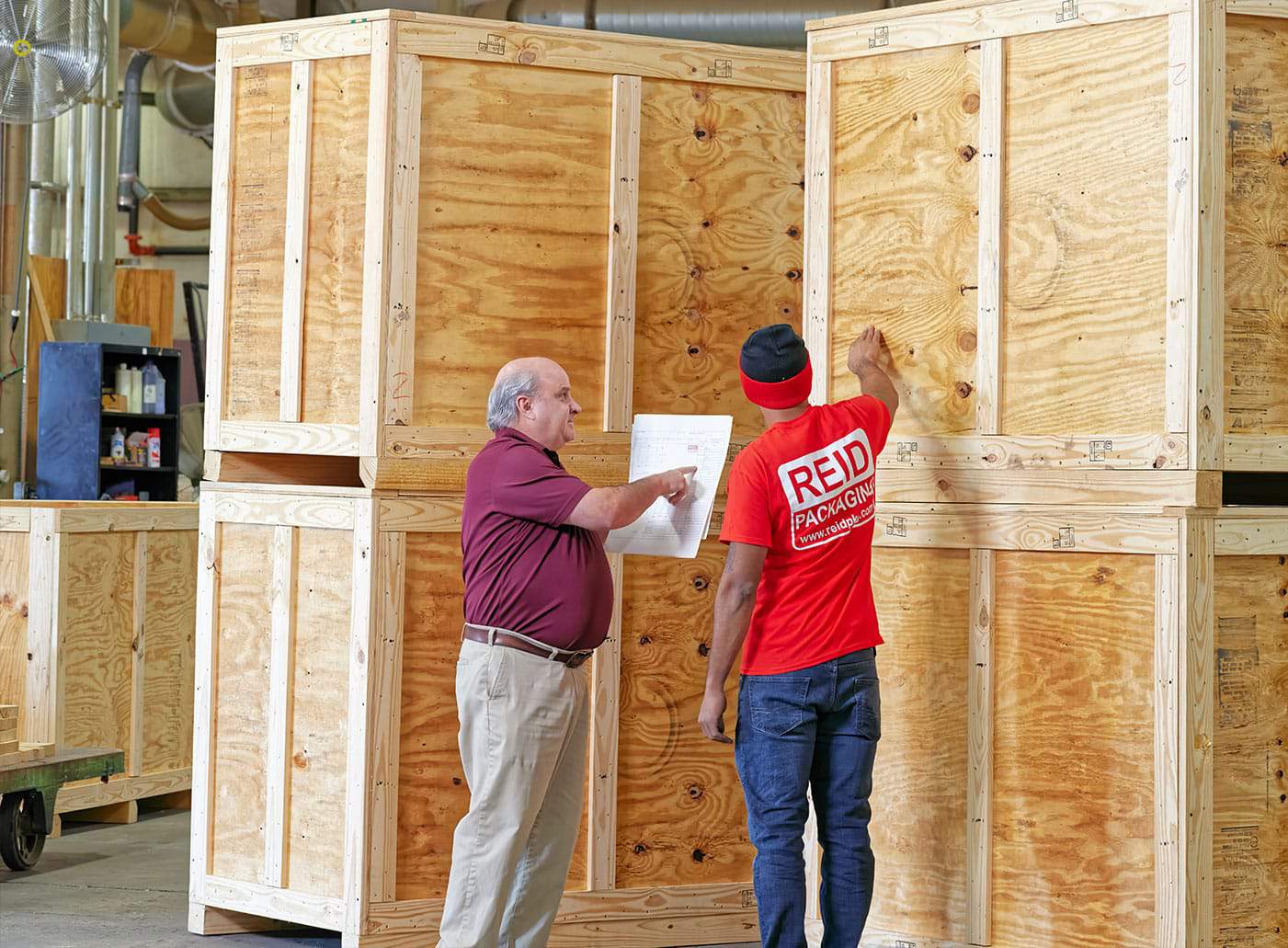
Learn more about our commitment to sustainability in this article about southern yellow pine harvesting.
Or read about how we found a unique new sustainable solution to an old problem at our shop. And it’s cute too!
